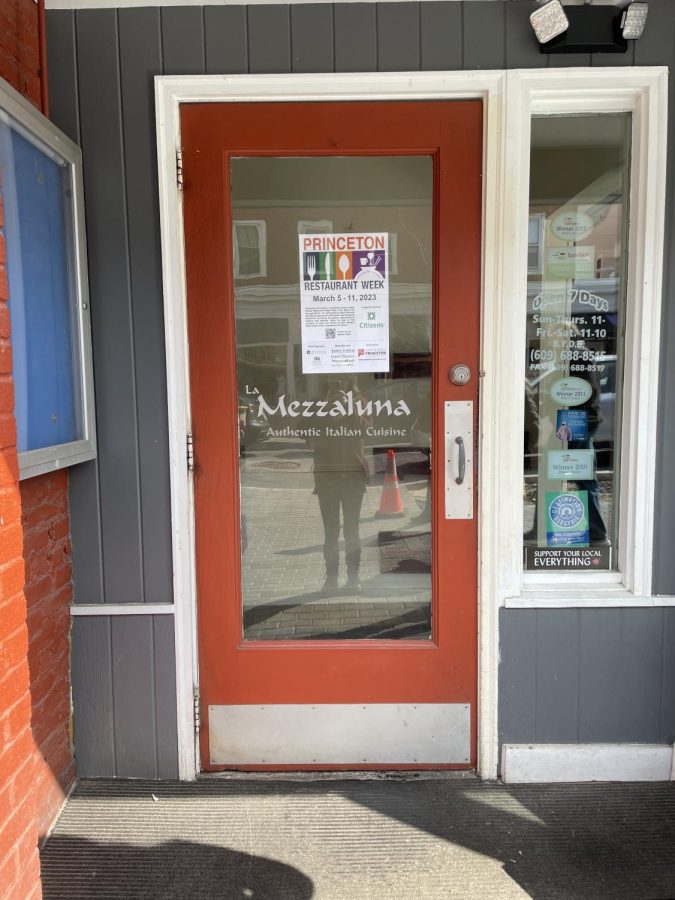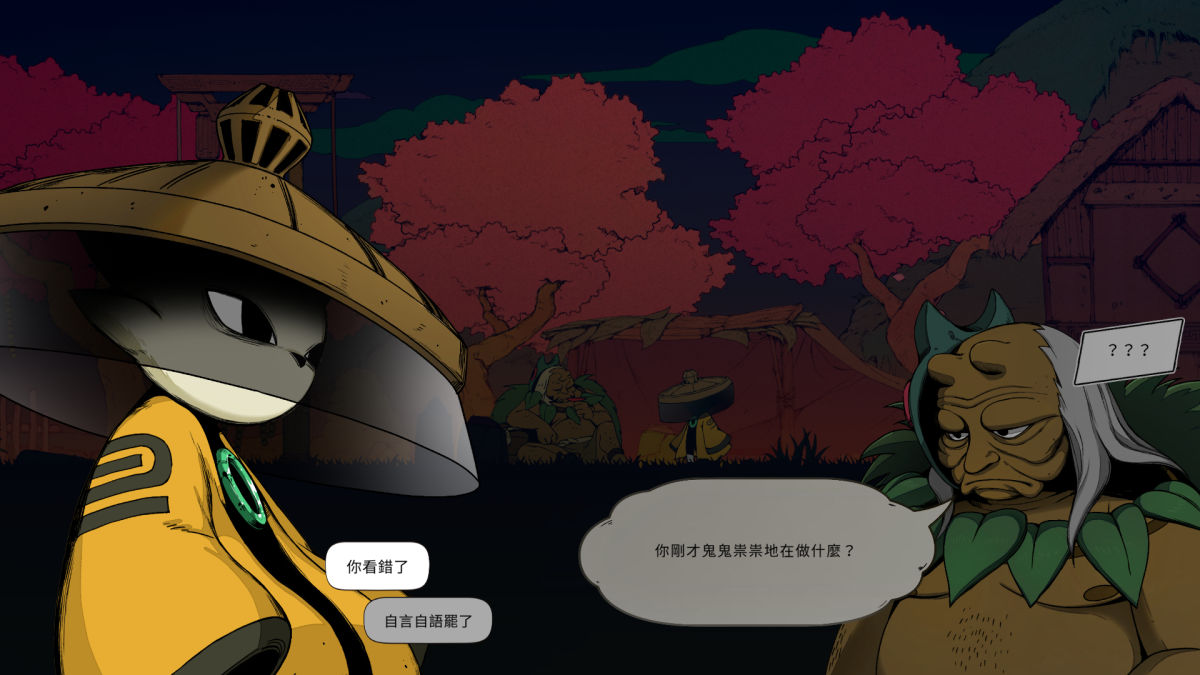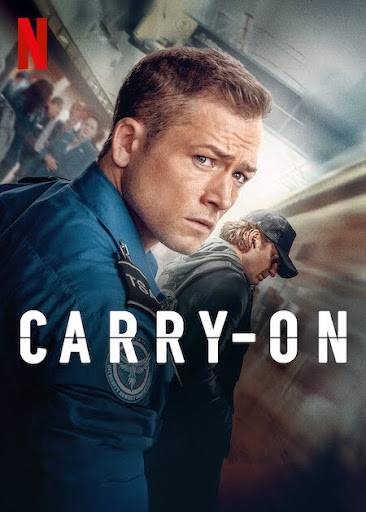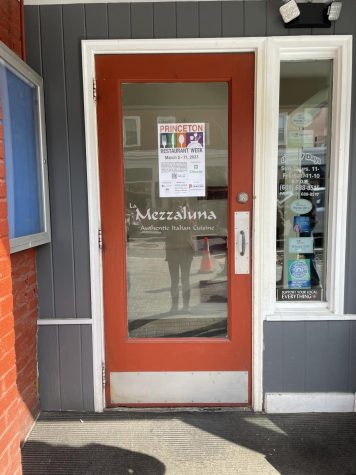The Portfolio: Blessing or Burden?
As a senior in high school, I believe that I’m well-acquainted with general student expectations and the input required for a certain grade in a class. And as the years have gone by, the pattern has stayed the same: study this much for an assessment, write that much for a paper, etc.
Going into AP Literature this year, I was met with an unexpected disruption to the careful calculations I had learned. This came in the form of The Portfolio, a scholastic enigma that required me to evaluate my own work… and grade myself? And then I was supposed to discuss that grade with the teacher? It was completely overwhelming to think of, especially when I felt like I had gotten this whole student thing down.
The basic idea of this new system was that students would compile the work they had done over the course of a marking period and evaluate their learning progress by studying how they evolved in their writing based on particular skills that made up the central curriculum of the marking period.
This would all be displayed on a website that would be presented to the teacher, along with a specific numeric grade, which would be discussed during a conference between the student and the teacher when the marking period came to an end. This is the first year that this system has been implemented at CHS, and only for juniors and seniors within the AP English classes.
After the dust of our first battle with The Portfolio had settled, I wanted to pinpoint how it felt for the seniors in AP English to undertake this mission.
While I had heard (and given) many opinions on the system, which ranged from bewildered comments to stress-laden diatribes, it seemed as if there was a disconnect between how students felt about the intentions of the portfolio system and how they felt about its execution. This led to the creation of a survey asking students about their takes on these aspects of the portfolios.
Although the number of responses was minimal, and on its own, this survey cannot be taken as representative of students’ feelings across both grades, it echoed much of what I had heard among my peers in AP Lit, and it was significant enough to pick up on certain trends regarding students’ thoughts.
When asked to describe their initial reactions upon hearing about the portfolio system, on a 1-to-5 scale representing “concerned” (1) to “intrigued” (5), approximately 33.3% of respondents selected a 5 and 26.7% selected a 1. Interestingly, no one selected a 3, indicating that between concern and intrigue, many students leaned one way or another, as opposed to ambivalence. More definitive reactions signaled how much stress was felt when this system was introduced, and, likely, how this affected students’ perceptions of it.
However, these reactions also show interest in the idea of an alternative grading system, which leads one to reasonably assume that there is a prevalent frustration with how grades traditionally work.
When asked if they were pleased with the end results, 66.7% noted that they were pleasantly surprised, insinuating they received a much higher score than they had expected. This is likely because of our unfamiliarity with scoring cumulative progress instead of overall skill. Many students probably assumed that they would receive lower grades because they didn’t have the highest numbers for individual assignments.
While this has seemingly removed some stress about the ambiguity of the portfolio system for a group of students, this does signify that many are still heavily concerned with their grades.
Throughout the survey, one recurring trend stood out in both positive and negative ways: the impact of uncertainty on how students felt about the portfolio system. To put it more clearly, because there was no precedent for how to create a portfolio, this contributed to a lot of the stress students reported in the survey.
In terms of what they found useful, a majority of participants pointed to the availability of their old work, the provided list of first marking period skills, and/or the portfolio rubric. And expectedly, in terms of what they found unhelpful, about the same amount of students pointed to the lack of an example portfolio as reported the short time allotted to complete the assignment.
The final question, which asked what students would like to see in the portfolio system going forward, also showed an equal amount of requests for more guidance and requests for more time. While I predicted complaints about the time crunch going in, the responses requesting specific instructions and more hand-holding were enlightening.
In my opinion, this highlights how hard it can be to snap us out of the mindset we’ve developed as students for eleven or twelve years in the public school machine. Being able to independently evaluate how much we’ve learned is a key part of the portfolio system. This is easier said than done, however; part of the frustration with this system lies in the difficulty of transitioning to relying on yourself, as opposed to your teacher, to analyze how well you’ve learned.
The most important question I had, and the inspiration for the survey, was if students thought that the portfolio system reflected the initial goal of reducing stress.
Overall, there were vastly differing opinions on whether or not it minimized stress. Many felt that it removed the stress of certain assignments bringing down your grade, while others believed that it added more stress by requiring self-evaluation and heightening the end-of-the-marking-period workload.
There was a general consensus that while the portfolio system had achieved its goal of forcing students to focus on how well they did with specific writing skills, which led to them being able to see their progress as writers, it did not do much in terms of decreasing the emphasis on grades.
Some students felt less worried about individual assignments but stressed over the cumulative score, while others felt completely in the dark about how well they were doing because of the absence of the number in OnCourse.
Not every participant in the survey seemed to be hung up on the grade, however. One respondent remarked about the importance of the cover letter in giving more insight into the student’s work, showing that many value the individualization of the portfolio system, and appreciate how it is open to considering different learning styles. Even more students reported how they enjoyed seeing themselves improve upon these skills and could truly see their growth.
Generally speaking, the portfolio system has succeeded in encouraging students to analyze their growth and consider how well they display the specific skills that are taught. Yet paying more attention to what they were doing and how they were learning is not something that minimized stress levels.
As the year continues and we grow more familiar with the portfolio system, the frustration and uncertainty will dissipate. However, the stress surrounding the number will always be there.
There is a limit to how much can be done about this, of course; students in AP classes are usually not inclined to completely waive their concerns about their grades. The idea of seeing a number in OnCourse throughout the marking period has become comforting to students, and while this is a crutch more than anything, it’s been baked into us by the time we’re introduced to the portfolio system.
This could be alleviated by check-ins during the middle of the marking period, in which students can get an idea of how they’re progressing and what they should or shouldn’t change, while still maintaining the spirit of focusing on growth instead of point totals. (It should be noted that while this was not implemented in AP English Literature, these check-ins were done for juniors in AP Language.)
The importance of growth as a learner often goes unnoticed in our day-to-day schoolwork, and as much as this fuels uncertainty when dealing with the Portfolio, the uncomfortable truth is that this is what we’re left with once the crutch is taken away.
Vanessa Walrath is a Senoir at HVCHS and a Staff Reporter and Editor for the Bulldog Reporter. Outside of Newspaper Club, Vanessa is a co-captain of the...




























